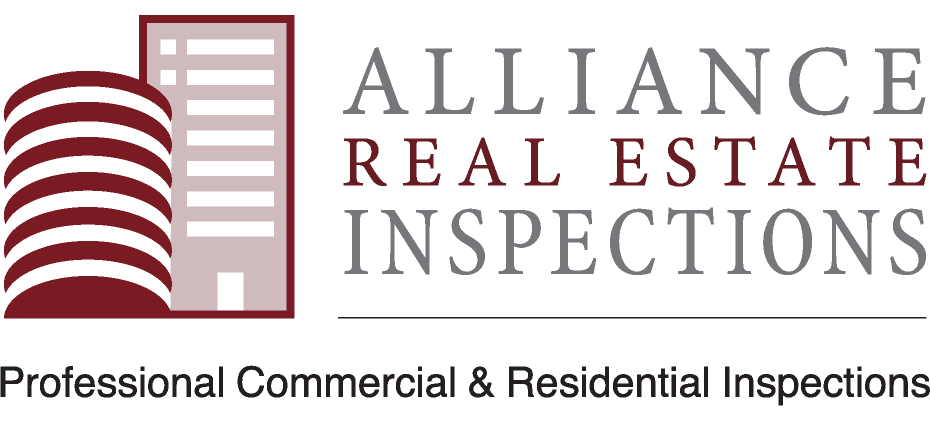

Transite pipe in the crawl space.
What is Transite pipe?
Transite is a brand name for a clay pipe that is commonly found in older buildings. The official name of this clay pipe is Asbestos-Cement or AC. This material contains asbestos, and was used in the 1900s in venting for appliances, water heaters, floor furnaces and general gravity furnaces.*
Is Transite pipe a health hazard?
This depends on whether the material is disturbed or friable (crumbling). According to EPA standards**, the material poses a hazard if it’s crumbled, pulverized, or reduced to powder. If the material isn’t compromised, its presence shouldn’t be a problem.

Transite pipe (right) in the attic.
Can old Transite pipe be used to vent my new appliance?
Re-using old Transite pipe is not recommended, especially with newer appliances such as an upgraded water heater or furnace. Due to incompatibility and variances in heat, Transite or AC pipe may collapse inward which prevents proper drafting of gases to the outside as well as disturbing the asbestos. This promotes carbon monoxide hazards and can also rust out the unit (appliances) being vented.
How should Transite be removed:
Unlike the older paper-like insulation you see around duct work, this material is a bit easier to remove. If you choose to remove it, you should hire an environmental company which is certified to remove hazardous material. You can do it yourself or have your contractor do it, so long as the guidelines are followed.
You can download these removal standards here.
*Gravity furnaces are older systems which rely on gravity to move heat vs using a fan.
**EPA guidelines:
ASBESTOS-CEMENT PRODUCTS
Asbestos-cement products (such as transite) are commonly used for duct insulation, pipes, and siding. Being a Category II nonfriable ACM, asbestos-cement products need to be removed prior to demolition if they have a high probability of becoming crumbled, pulverized, or reduced to powder during demolition activities. EPA believes that most demolition activities will subject such Category II nonfriable ACM to the regulation.
Whether asbestos-cement products are subject to the asbestos NESHAP (National Emission Standards for Hazardous Air Pollutants (NESHAP), should be determined by the owner or operator on a case-by-case basis based on the demolition techniques to be used. In general, if contractors carefully remove asbestos-cement materials using tools that do not cause significant damage, the materials are not considered RACM (Regulated Asbestos Cement Material) and can be disposed of with other construction debris.
However, if demolition is accomplished through the use of cranes (equipped with wrecking balls, clamshells or buckets), hydraulic excavators, or implosion/explosion techniques, asbestos-cement products will be crumbled, pulverized or reduced to powder, and are subject to the provisions of the asbestos NESHAP.
